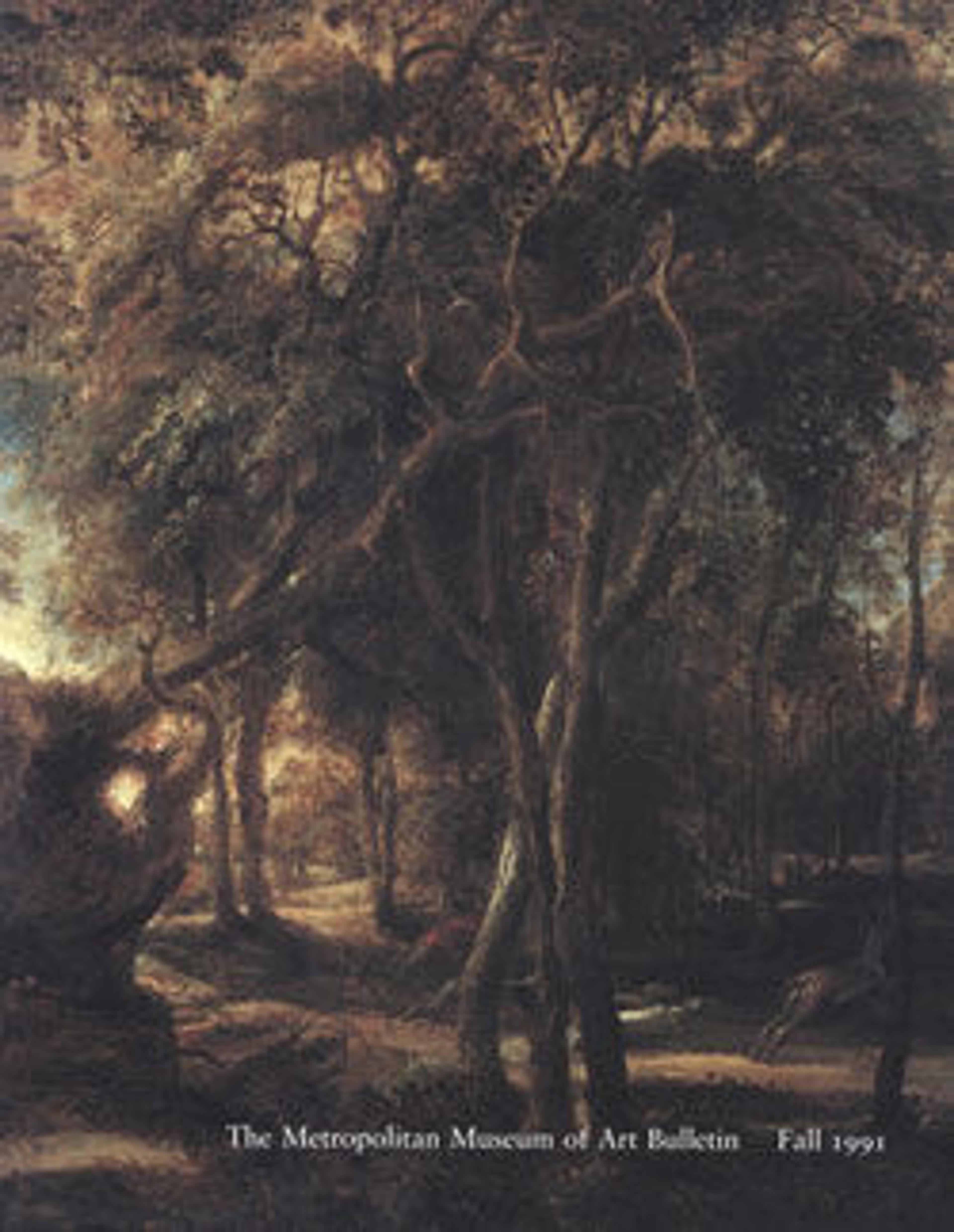Silver bust of Serapis
By the second century A.D., Serapis had become one of the most popular deities in the Roman Empire. Many images of the god took the form of portable busts, suitable for dedication or for private worship. Silver busts of Serapis are mentioned in an inscription found in Rome, but this is apparently the only extant example. The modius (grain basket) always shown on the god’s head is now missing.
Artwork Details
- Title: Silver bust of Serapis
- Period: Mid-Imperial
- Date: 2nd century CE
- Culture: Roman
- Medium: Silver
- Dimensions: 6 1/8 x 3 3/4 in. (15.6 x 9.5 cm)
- Classification: Gold and Silver
- Credit Line: Gift of Jan Mitchell and sons, 1991
- Object Number: 1991.127
- Curatorial Department: Greek and Roman Art
More Artwork
Research Resources
The Met provides unparalleled resources for research and welcomes an international community of students and scholars. The Met's Open Access API is where creators and researchers can connect to the The Met collection. Open Access data and public domain images are available for unrestricted commercial and noncommercial use without permission or fee.
To request images under copyright and other restrictions, please use this Image Request form.
Feedback
We continue to research and examine historical and cultural context for objects in The Met collection. If you have comments or questions about this object record, please contact us using the form below. The Museum looks forward to receiving your comments.
